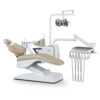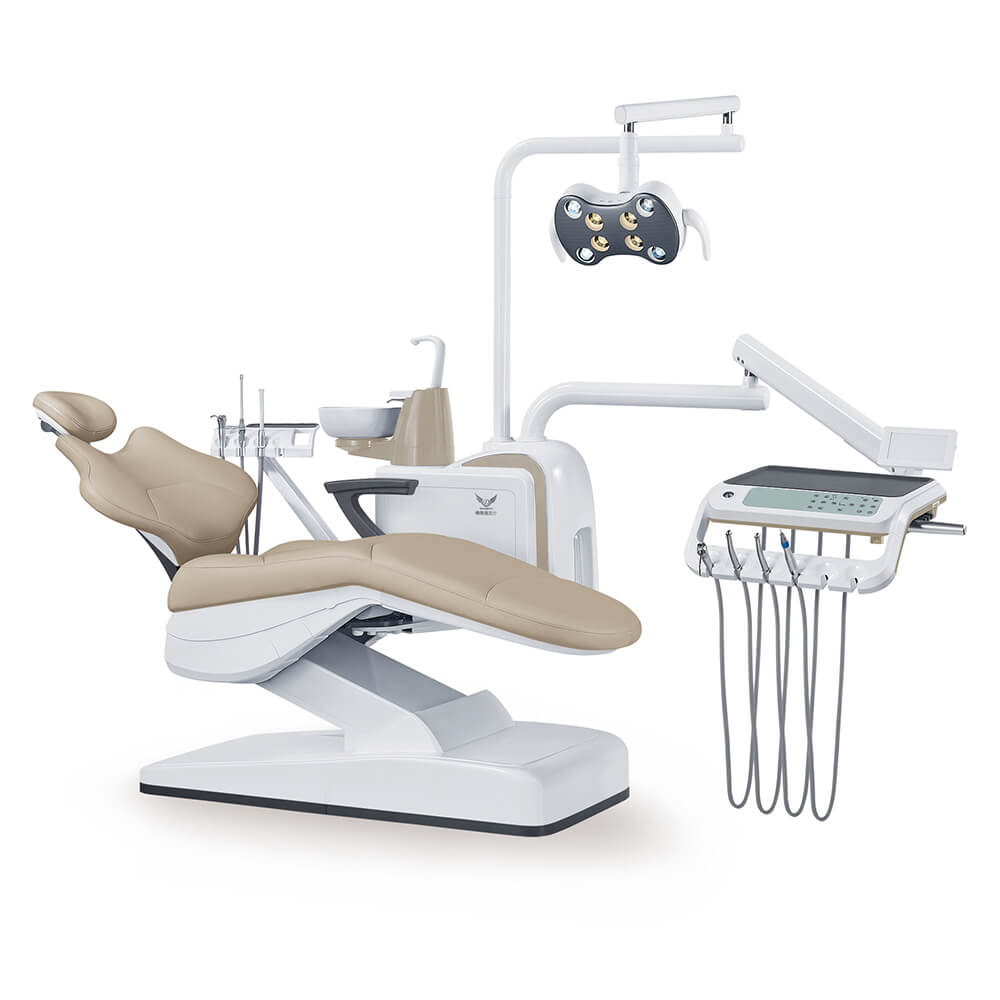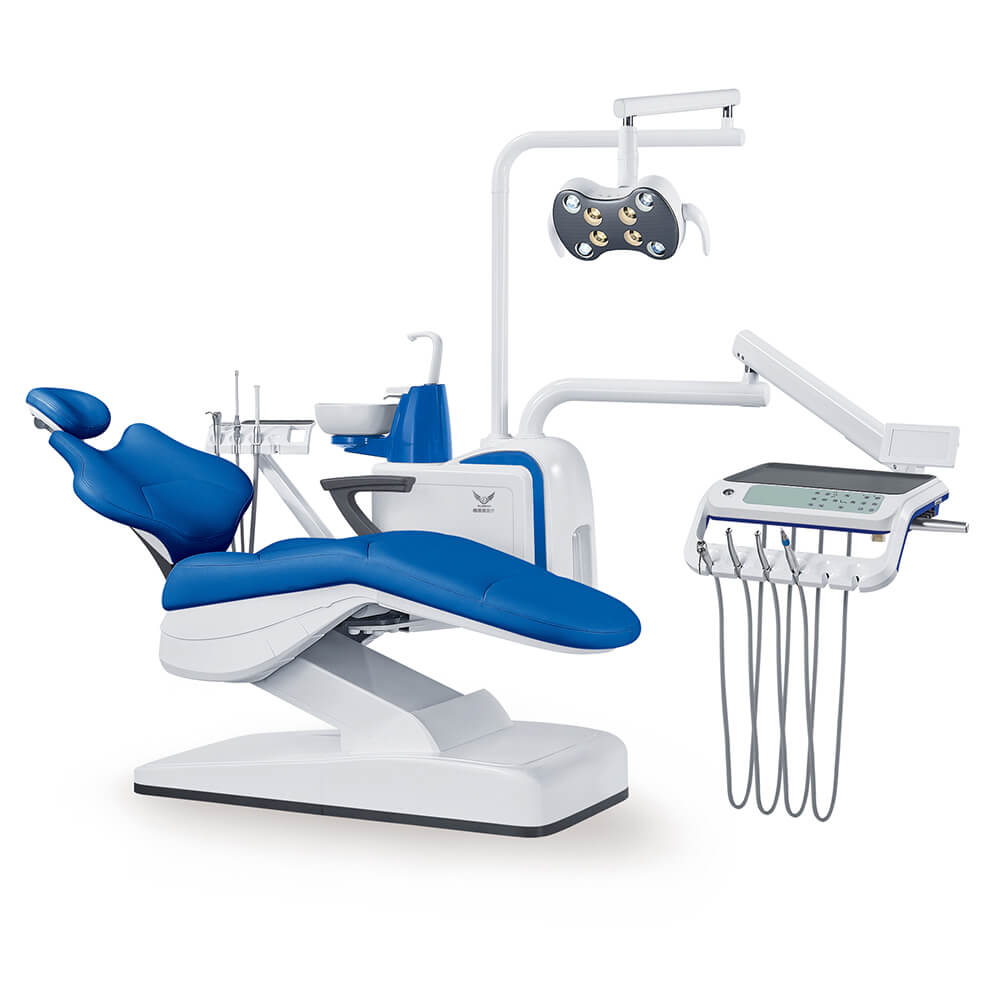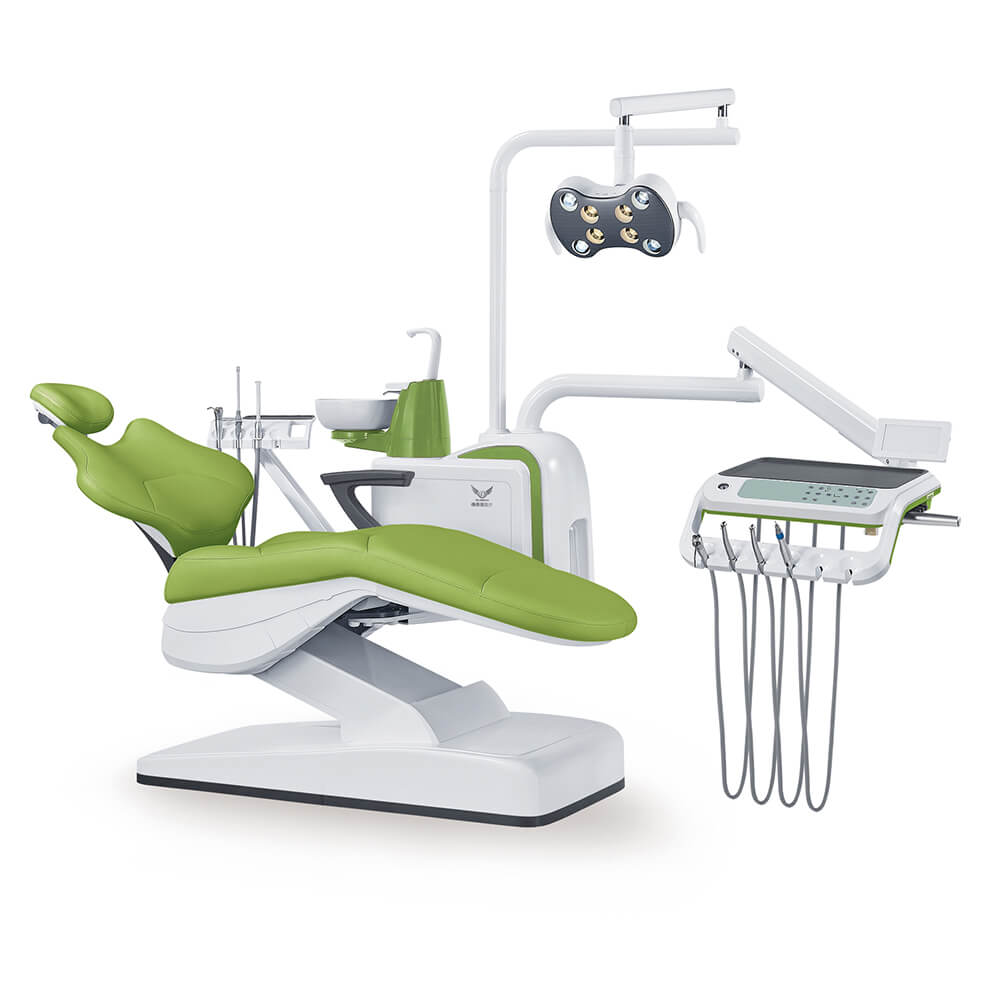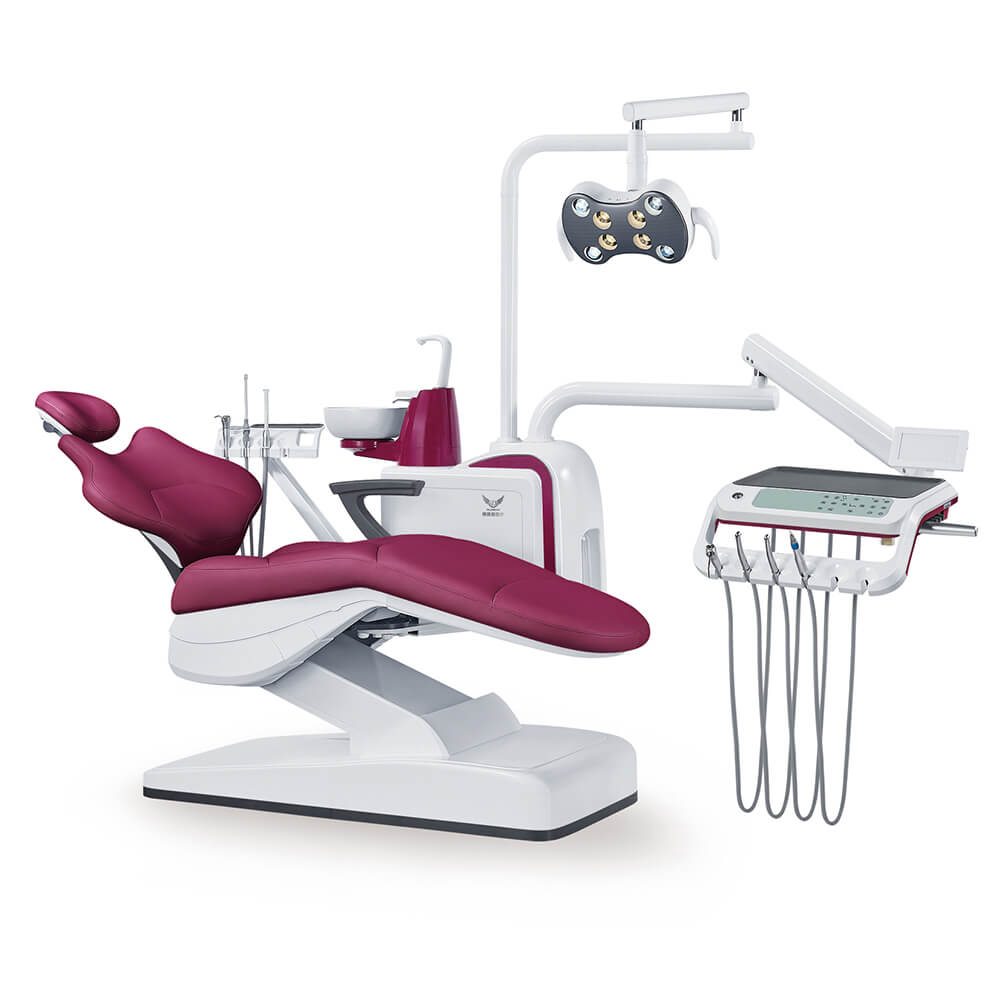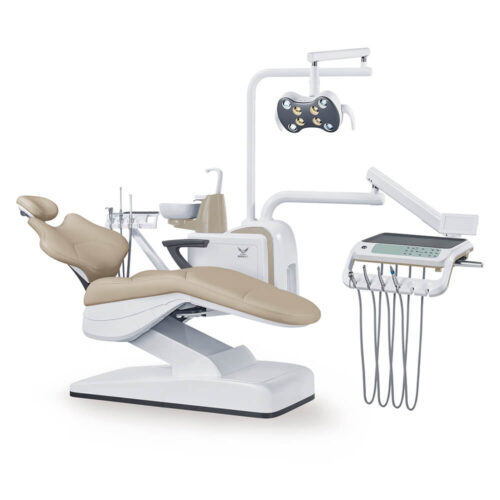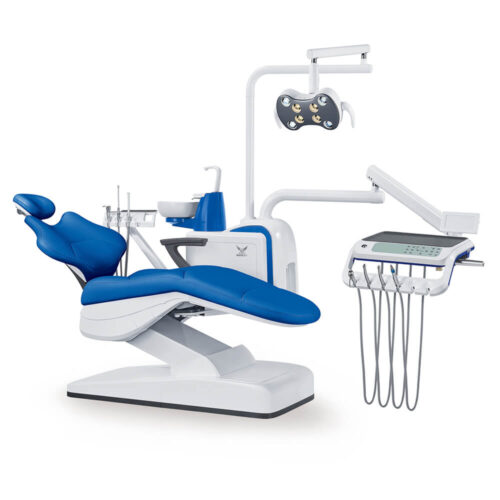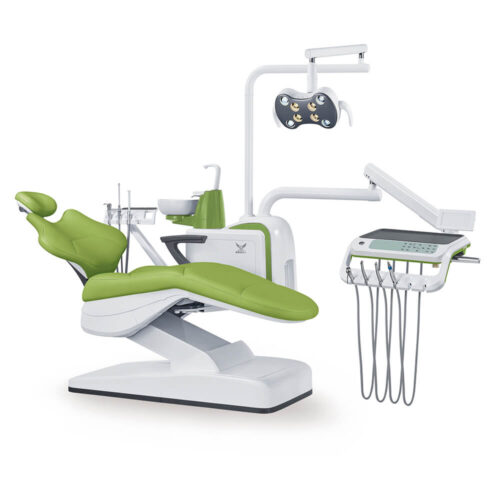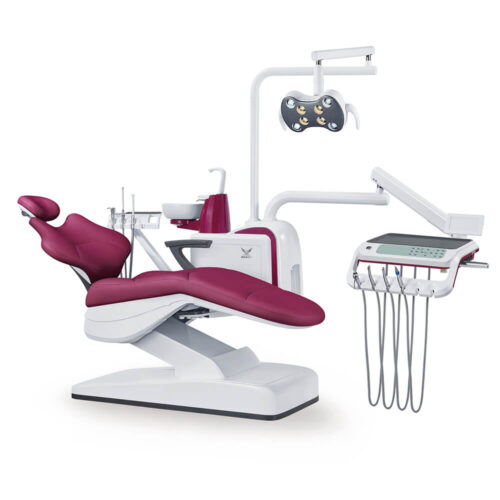Introduction: The Importance and Evolution of Dental Chairs
The dental chair is more than just a piece of furniture in a dental clinic; it is a critical tool that significantly impacts the quality of care a dentist can provide. The evolution of dental chairs mirrors the advancements in dental care and patient comfort. From the rudimentary chairs of the early 19th century to today’s sophisticated models, dental chairs have evolved to become highly specialized and technologically advanced pieces of equipment.
The Historical Journey of Dental Chairs
The journey of dental chairs began in the early 1800s. The first known dental chair was introduced by Josiah Flagg, a prominent American dentist, in 1790. It was a wooden Windsor chair with an adjustable headrest. By the mid-19th century, chairs had evolved to include adjustable reclining positions and footrests. The 20th century saw the introduction of hydraulic and electrically operated chairs, which significantly improved the ease of adjusting the chair’s position.
The Role of Dental Chairs in Modern Dentistry
In contemporary dental practices, the dental chair is central to the treatment experience. Modern chairs are designed with both the patient’s comfort and the dentist’s ergonomic needs in mind. Features like adjustable headrests, lumbar support, and programmable positions have become standard. These chairs also integrate various dental tools and systems, such as lights, suction devices, and even X-ray viewers, making them an indispensable part of efficient dental treatment.
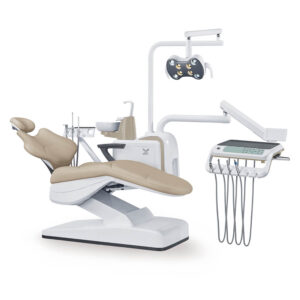
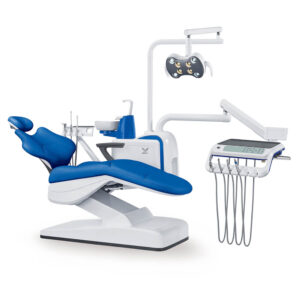
Types and Applications of Dental Chairs
Dental chairs are designed to cater to the diverse needs of different dental procedures. The type of chair used can significantly impact the effectiveness of the treatment and the comfort of the patient. Understanding the various types of dental chairs and their specific applications is crucial for dental professionals when equipping their practices.
Exploring Different Types of Dental Chairs
Standard dental chairs are the most common and are designed for general dental procedures. They typically feature adjustable headrests, armrests, and a reclining back to accommodate various treatments. Pediatric dental chairs are smaller and often feature child-friendly designs to make dental visits less intimidating for young patients. Orthodontic chairs, designed for longer procedures, offer enhanced comfort and adjustability, including features like movable armrests and headrests for optimal patient positioning.
Applications in Various Dental Treatments
The design of a dental chair can significantly impact the efficiency and effectiveness of dental treatments. For instance, chairs with seamless transitions between positions are ideal for surgical procedures, reducing the need for patient repositioning. Chairs with integrated dental units, offering easy access to dental tools and equipment, are particularly useful for restorative and cosmetic procedures. The adaptability of a dental chair to various dental treatments is a key consideration in its selection.

